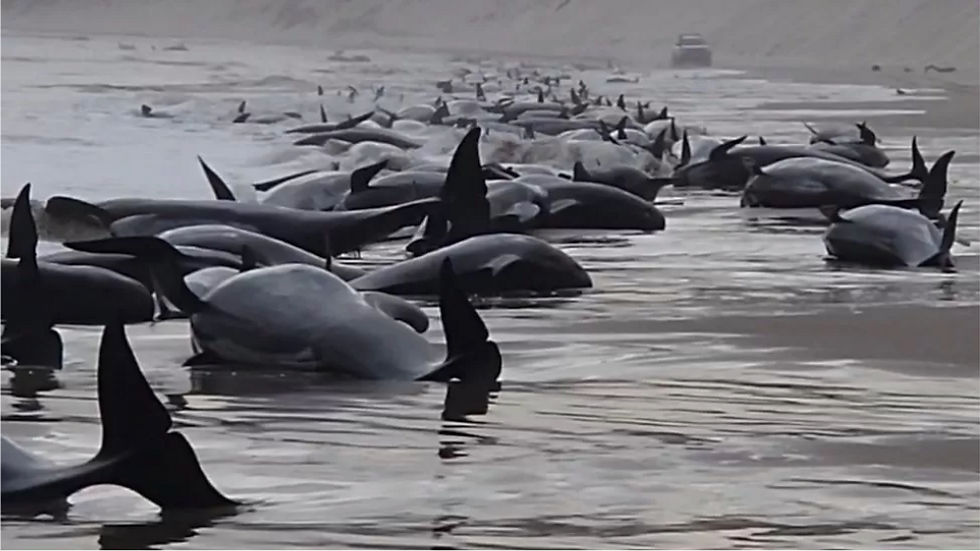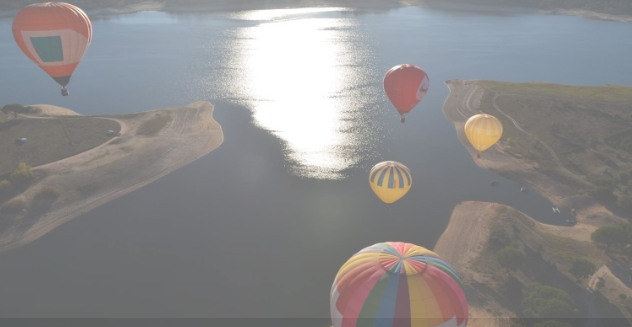230 too many
- Finja Heumüller
- Nov 27, 2022
- 2 min read
It is a normal September morning, and you decide to take a walk. Stumbling across 230 whales while planning to have a nice stroll on the beach? That wasn’t on your agenda, was it? But even I didn’t believe it until just recently. 230 pilot whales, a usual amount for a pilot whale pod were stranded in Tasmania, a state in Australia. This is 230 whales too many.

It was unclear what caused all these whales to get stranded, but researchers from the Environment Department believe that it is because of the low tide in the area. Some other reasons could be the prey, the shape of the coastline, and the tides. The prey may have been closer to shore that day, which drew one or two of the whales in. Then the rest followed. Whales stick together, so if only one left, the rest would too.
“What ties pilot whales together is that they have strong social bonds that last almost a lifetime with other whales in their group,” Dr Kris Carolyn said. “It’s an incredibly strong bond and if you have one lost or debilitated animal, there’s a risk others will try to help.”
This recent stranding was two years after another mass stranding. A connection was made. The whales were stranded in the same harbour. But there was a difference. A couple of days before the whales were stranded, 14 male sperm whales were found on King Island, another place in Australia. This is what confused the researchers. If the whales were part of the same pod, then they would have been stranded in the same area, at the same place.
"While further inquiries are yet to be carried out, it is possible the whales were part of the same bachelor pod – a group of younger male sperm whales associating together after leaving the maternal group," the Australian Environment Department said.
When the whales were found on Tuesday, the rescue squad was planning to bring all the whales back into the water. It would take them a while, and it wasn’t clear how many whales were alive and which whales were dead. They didn’t manage. But the rescue team has excuses. Apparently, because of the “complexity” of the location, they had to move the rescue action to Thursday. During the night about half of the whales died. In the end, only 35 whales survived. This is a start, but we can do better. Some are wondering, what can we do in the future to help? Well, Scientists could develop an early warning system or some sort of sound monitor. But we must also draw the line. This is part of the natural cycle. Even if we are trying to do our best, installing all the modern technology in areas like the ocean may harm the balance of the Earth's ecosystem.
Even though we may not have saved a lot of whales this time, it’s better than nothing. We should help if it’s necessary, but otherwise, let's let mother nature work her wonders.
Sources cited:






Comments